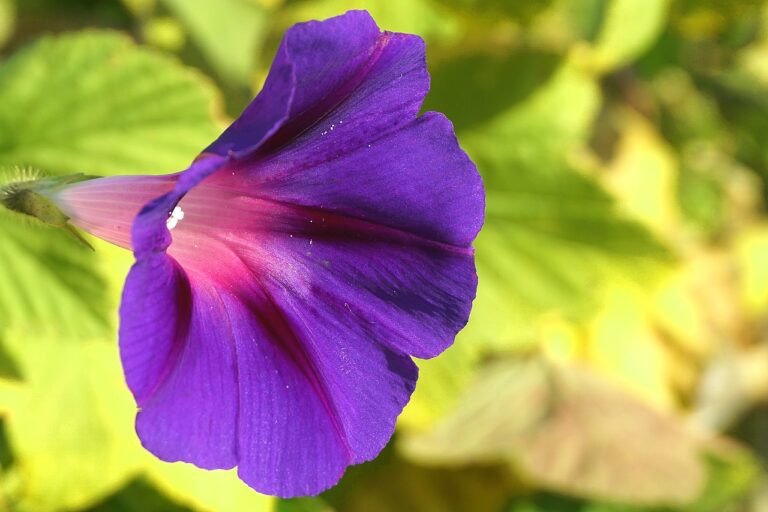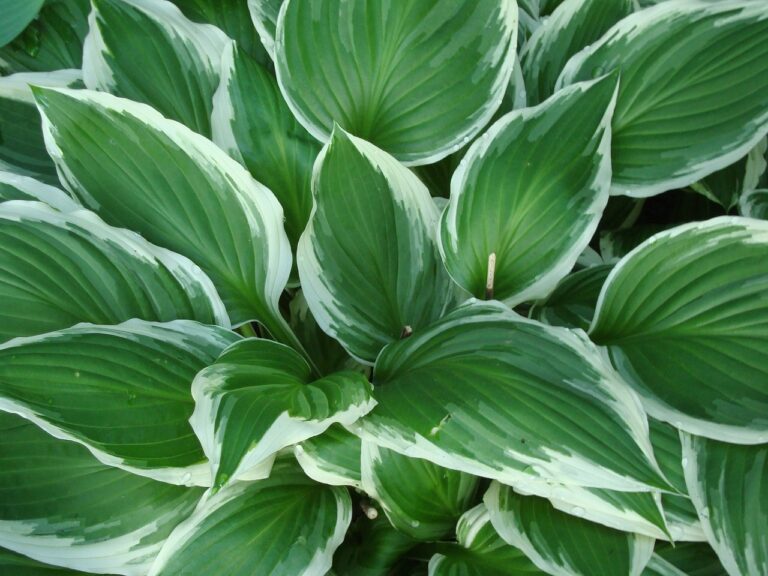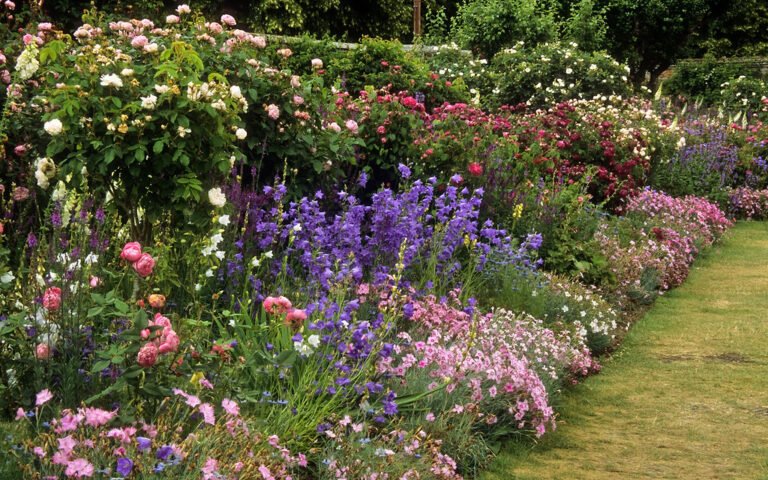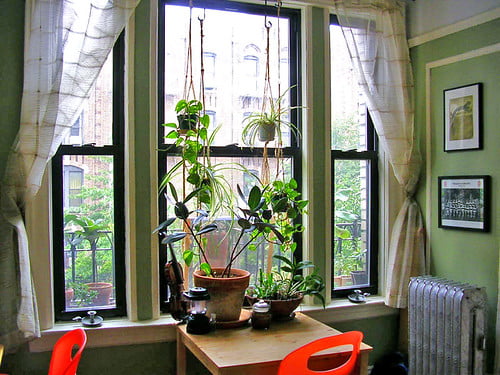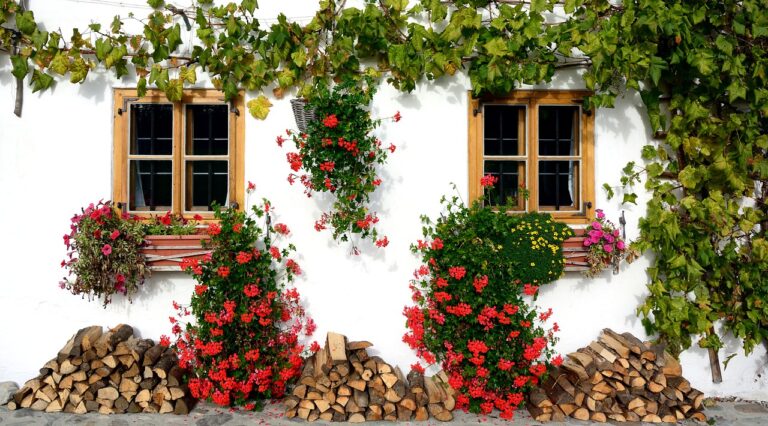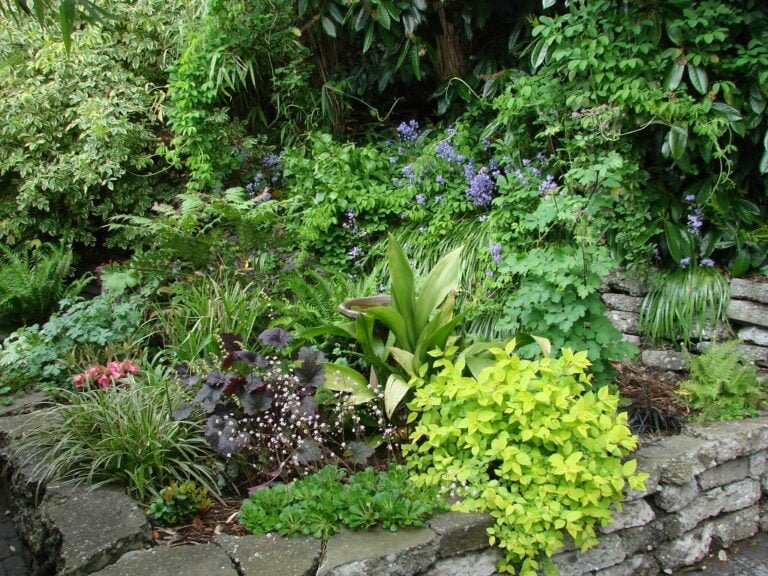Tips for Successful Container Gardening in Shaded Areas
In shaded areas, choose plants that thrive on limited sunlight like impatiens and ferns. Use lightweight containers with drainage holes to avoid root rot. Opt for well-draining potting mix for healthy root growth. Water only when the soil feels dry to the touch. Prune regularly and rotate plants for a fresh look. Consider using the thriller, filler, spiller concept for an aesthetically pleasing garden. Careful plant selection and maintenance are key to successful shade container gardening. Understanding specific plant needs and implementing proper care techniques will lead to a flourishing shaded garden.
Shady Site Selection
When selecting a shady location for container gardening, make sure that the site receives less than 6 hours of sunlight daily to meet the needs of shade plants. Shade plants thrive in environments with limited direct sunlight, making them ideal for areas that receive bright, indirect sunlight. It is important to choose a shaded area that provides the right amount of light exposure for best plant growth. Evaluating the sunlight exposure in the chosen location is essential before setting up your shade container garden.
Shade gardening involves cultivating plants in containers within shaded sites to make sure they receive the appropriate light conditions. These plants are suited to environments where direct sunlight is scarce, making them perfect for shaded areas. Grass can serve as an indicator of sufficient light for shade plants in containers, assisting in site selection for your shade container garden.
Selecting the right spot for your shade container garden is key to the success of your plants. Ensuring they receive the correct amount of light is essential for their overall health and blooming potential. By carefully choosing a shaded site with the appropriate light conditions, you can create a thriving garden filled with beautiful shade plants in containers.
Container and Soil Selection
For best growth of shade plants in container gardens, choosing lightweight plastic containers with adequate drainage holes is recommended to ensure efficient water drainage. When selecting containers and soil for shaded areas, it’s essential to take into account the following:
- Container Material: Opt for containers made of materials like resin or plastic, as they are lighter and retain moisture differently in shaded environments. These materials are durable and provide a suitable environment for plant growth in the shade.
- Proper Size: Choose containers with the appropriate size to match the plant’s diameter. Larger containers with solid walls will need less frequent watering due to their ability to retain moisture better in shaded conditions.
- Potting Mix: Always use a well-draining potting mix instead of field soil in containers for shaded plants. This will improve drainage and root growth, providing a healthy environment for the plants to thrive in the shade.
Proper Plant Choices
To make well-informed decisions on plant selection for shaded container gardening, consider the specific light conditions and preferences of shade-loving species. When choosing plants for shady containers, it is crucial to opt for shade-loving plants that flourish in low-light conditions. Annuals like impatiens, begonias, and lobelia are excellent choices for adding vibrant blooms to your shaded container garden. For foliage plants, consider options such as coleus, ferns, and heuchera to introduce texture and color to the arrangement. These foliage plants not only add interest but also thrive in shady environments.
Incorporating spiller plants is another way to improve the visual appeal of your shade container garden. Look for plants that cascade over the edges of the container, such as creeping jenny or ivy, to create a dynamic and full look. Additionally, shade perennials like hostas, bleeding hearts, and coral bells are well-suited for long-term planting in shaded areas.
To add a pop of color and uniqueness to your shaded container garden, discover tropical options like Sansevieria, Colocasia, and Boston Ferns. These plants bring a distinctive look to your arrangement while thriving in shady conditions. By carefully selecting a combination of shade-loving plants, fillers, spillers, and foliage options, you can create a visually appealing and thriving container garden in shaded areas.
Watering and Fertilizing Tips
In shaded container gardening, maintaining proper watering and fertilizing practices is essential for ensuring the health and vitality of your plants. Here are some indispensable tips to help you achieve success in caring for your shade container plants:
- Monitor Soil Moisture: Shade containers typically require less frequent watering compared to those in sunny locations to prevent overwatering and root rot. Check the soil moisture regularly by inserting a finger into the soil. Water only when the top inch of the soil feels dry to the touch.
- Ensure Good Drainage and Nutrient Availability: Use high-quality potting soil blended with compost to promote proper drainage and ensure adequate nutrient availability for your shade plants. Proper soil composition is crucial for healthy root development and overall plant growth.
- Fertilize Appropriately: Fertilize your shade container plants based on their specific requirements. For tropical and annual plants, consider using an all-purpose fertilizer. However, be cautious not to over-fertilize, especially with perennials and edibles, as this can lead to nutrient imbalances and potential damage to the plants.
Maintenance and Design Ideas
When maintaining shaded container gardens, it is vital to regularly prune, deadhead, and trim plants for optimal health and aesthetics. Proper pruning and trimming manage plant growth, preventing overcrowding and guaranteeing proper watering in containers placed in shady areas. Implementing the thriller, filler, spiller concept can create visually attractive container gardens in shade. This design idea involves selecting a focal point ‘thriller’ plant, complementing it with ‘filler’ plants to add volume, and trailing ‘spiller’ plants to cascade over the edges.
To sustain the beauty of shaded container gardens, consider rotating plants as needed. Swapping out plants for fast-growing options can keep the garden looking fresh. During the fall, you can enhance the seasonal appeal by decorating with ornamental gourds. These decorative additions can add interest and color to the shaded garden.
For seasonal maintenance, overwintering plants in cold locations is essential. Bringing plants indoors and providing the necessary care during winter guarantees their survival for the next growing season. By following these maintenance and design ideas, you can create a thriving and visually appealing shaded container garden.

